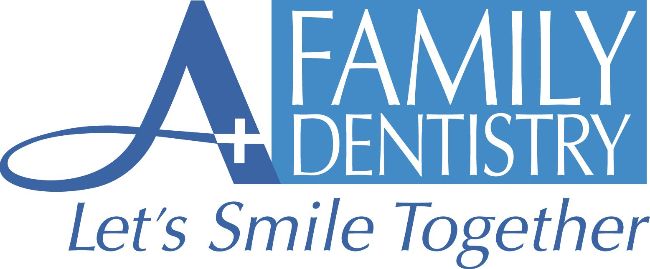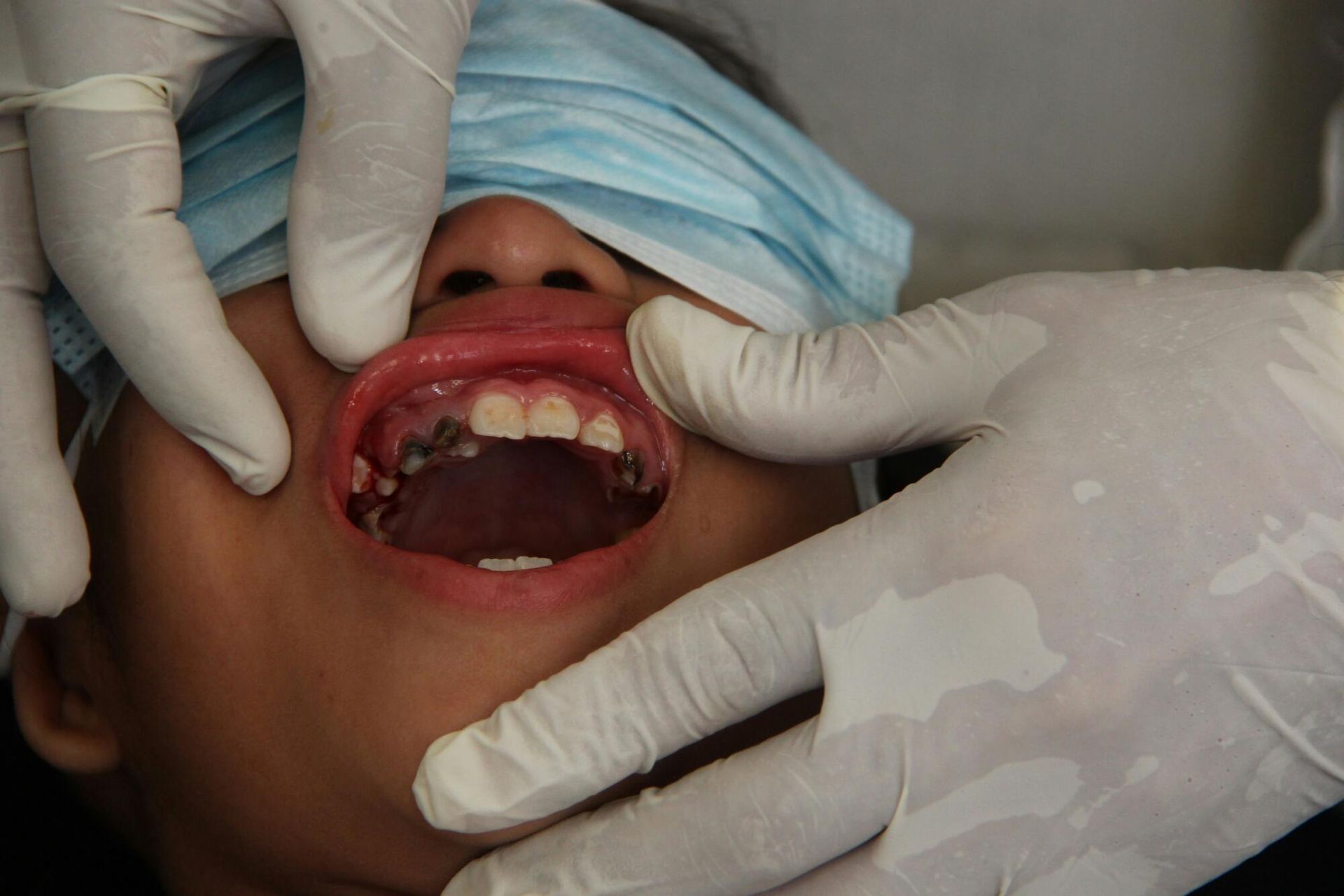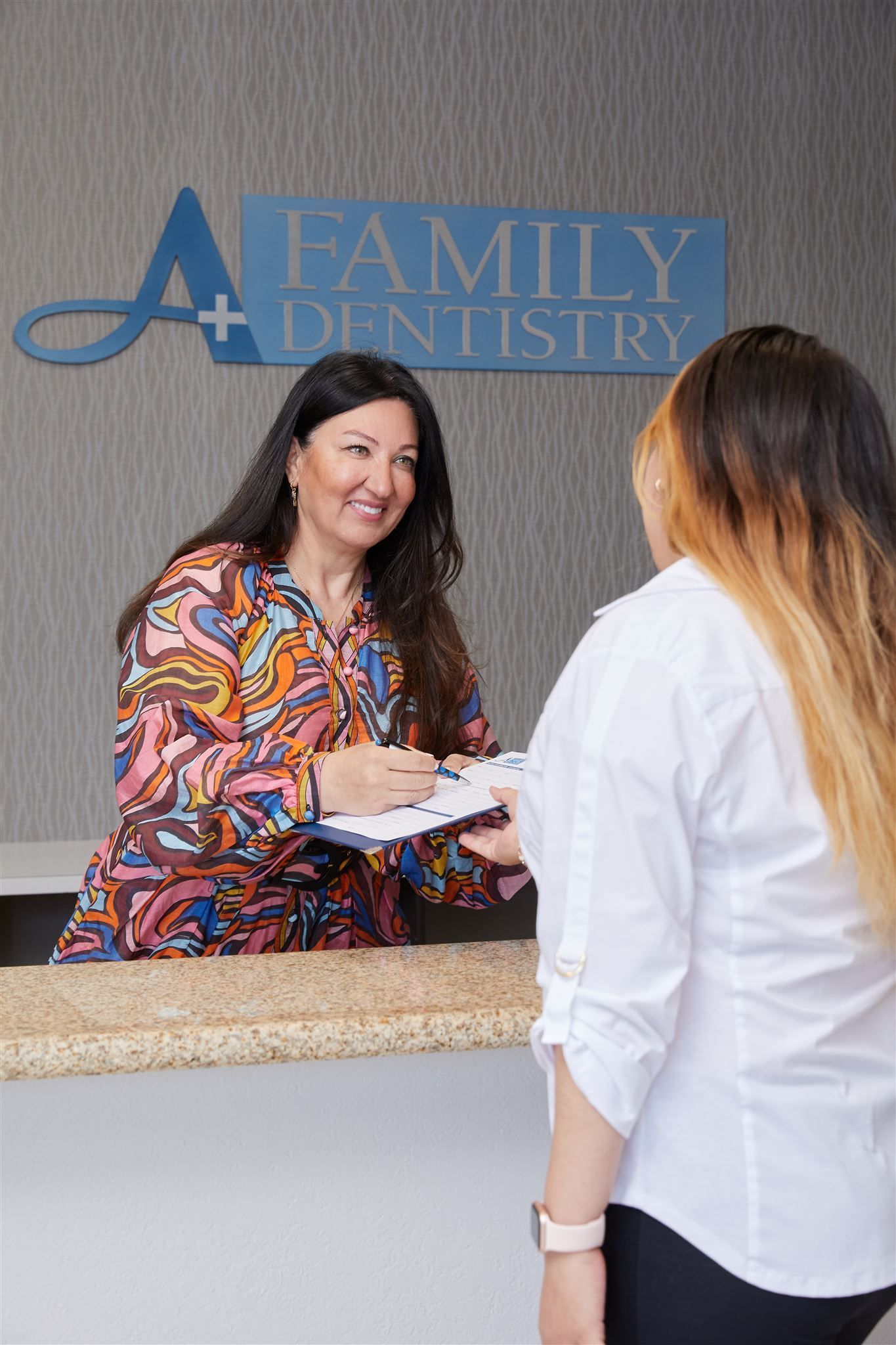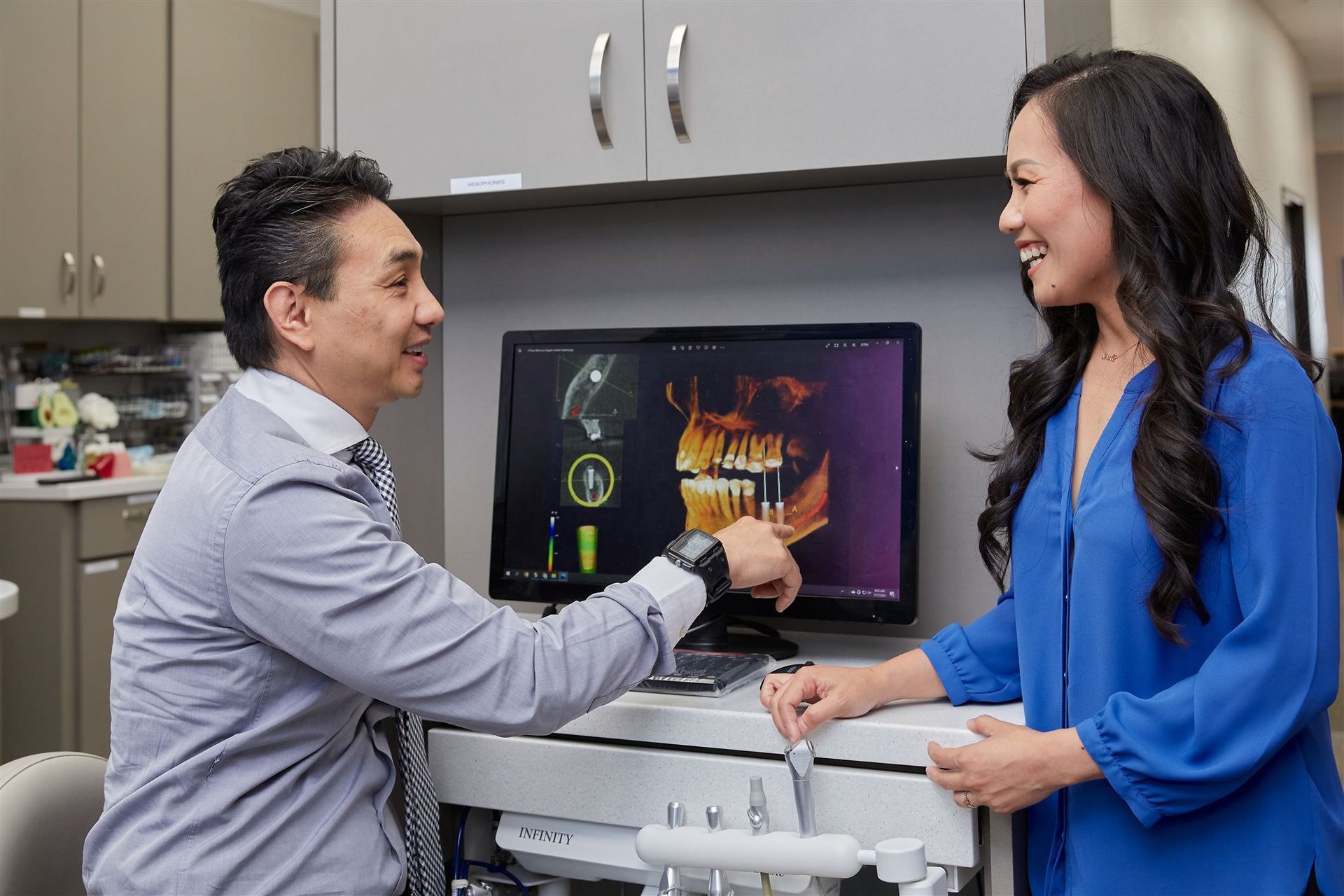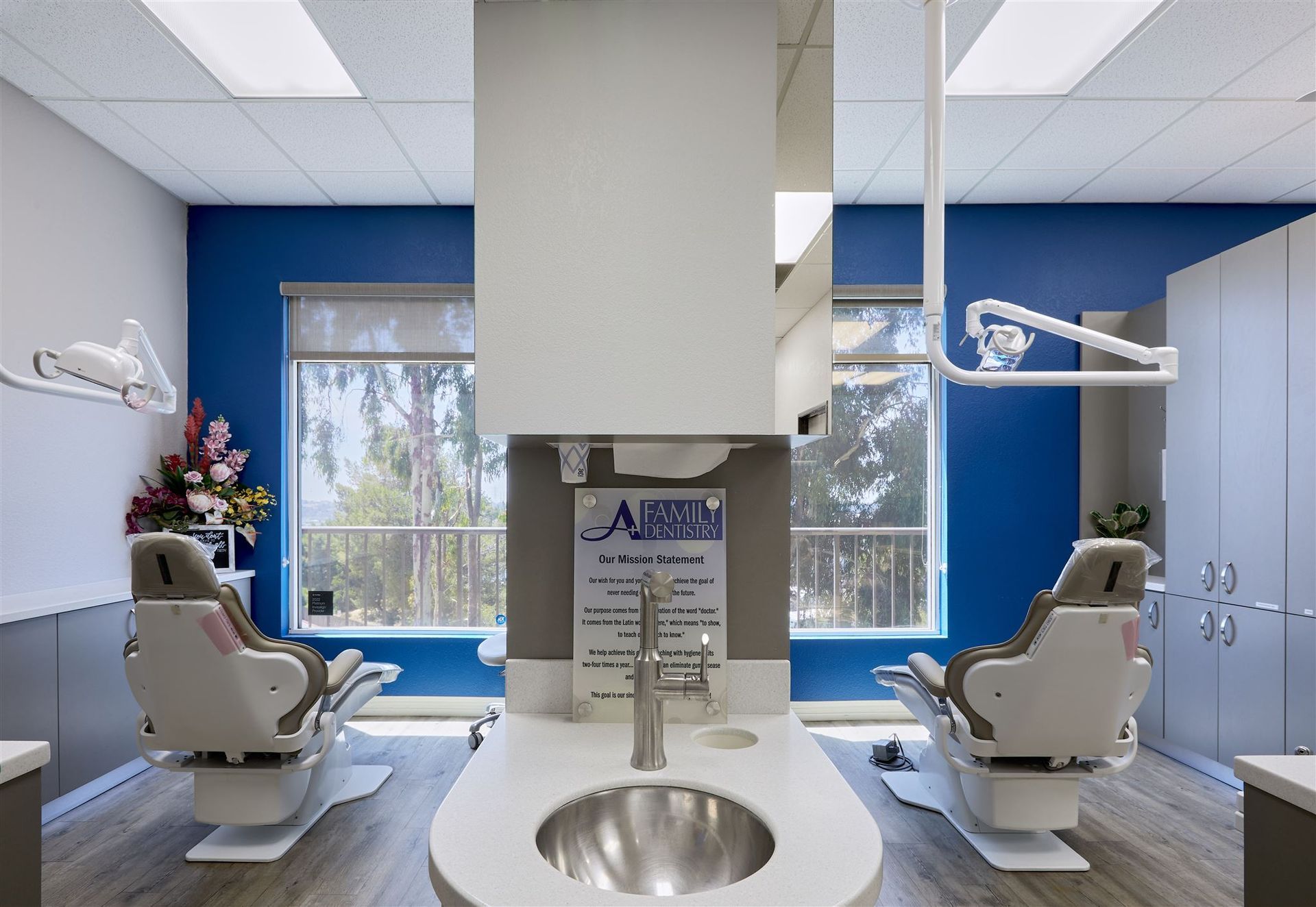Blog
Welcome to A+ Family Dentistry's blog, where we provide helpful tips and information to keep your teeth and gums healthy. Our team of dental experts share their knowledge and experience on a range of topics, including oral hygiene, dental procedures, and preventative care. Whether you're a current patient or simply looking for dental advice, our blog is a valuable resource for all your dental needs.
